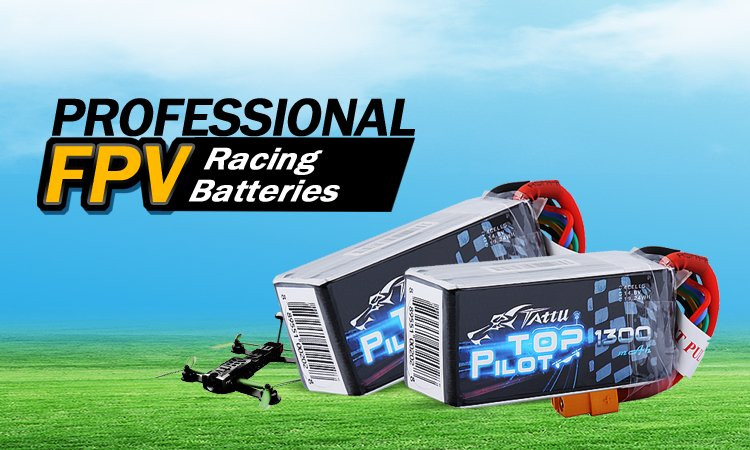The lipo battery characteristics and applications
Jul 14th 2016
Due to the good characteristics, the lipo battery is widely applied in mobile phones, cameras, laptops, cordless telephone, remote control, electronic toys and other electronic devices.
Lipo battery is often divided into cylinder and rectangular.
The internal structure is spiral, which puts a very precise and highly permeable polyethylene film between cathode and anode as a partition. The anode consists of the Li-ion collector made in Lithium and CoO2 and the current collector made in aluminum film. The cathode consists of Li-ion collector made in Carbon sheet materials and current collector made in bronze film. The battery is filled with organic electrolyte solution. Besides, there are safety valve and PTC component protecting the battery in the abnormality or short out.
The voltage of single cell is 3.6V, which is not the infinite capacity. Therefore, it is common to put the single li battery in series or in parallel to meet any demands.

 The internal structure of Lipo battery.
The internal structure of Lipo battery.